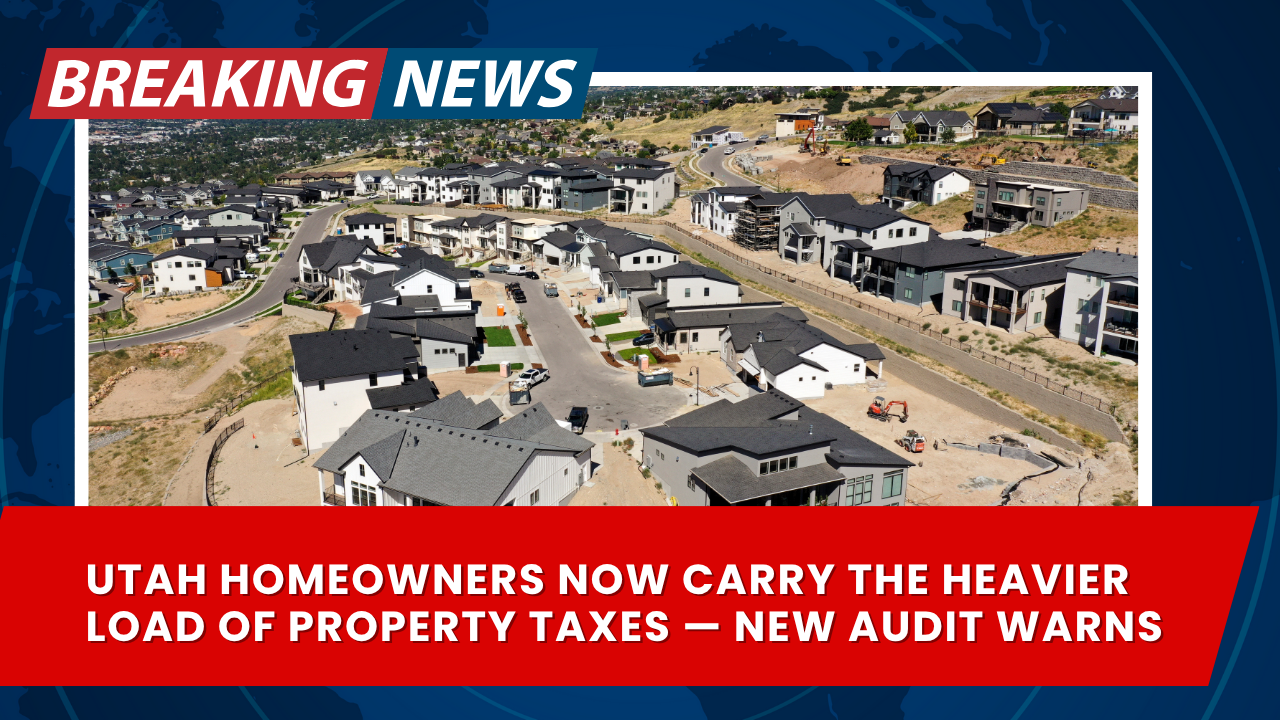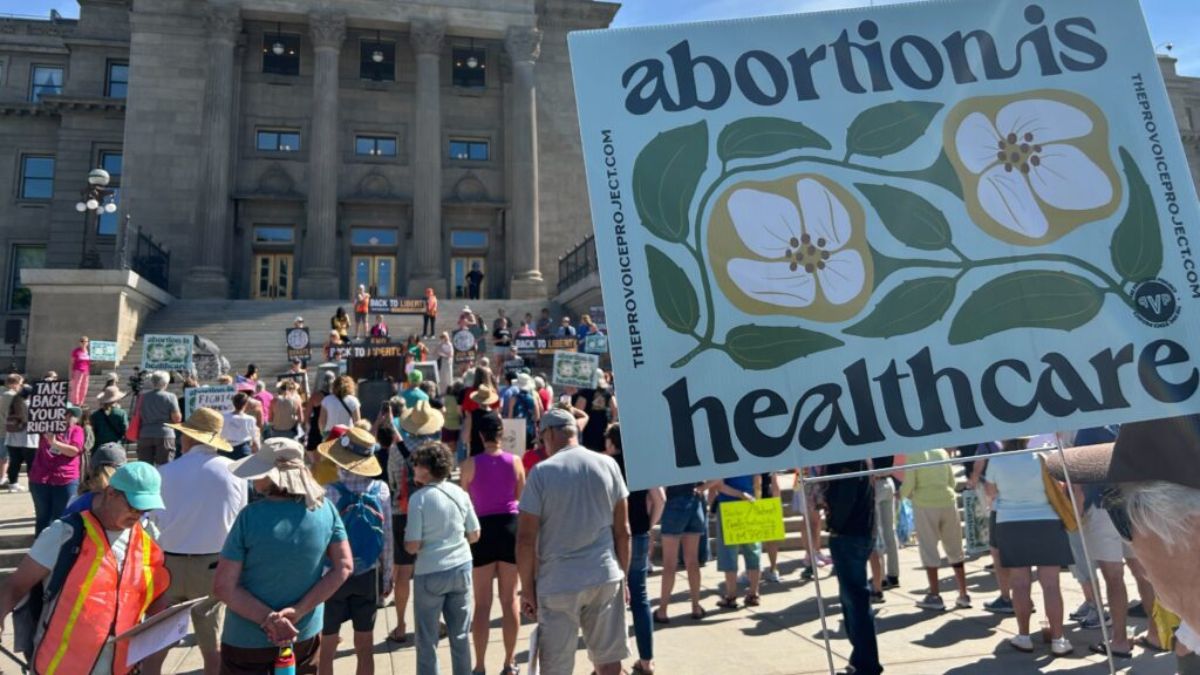Utah’s property tax burden is shifting more toward homeowners, according to a recent legislative audit that tracks how assessments and policy choices have changed who pays the bill.
What the audit found
Auditors found the residential share of property taxes has climbed across several Wasatch Front counties over the past decade as home values rose faster than other classes:
- Davis County: residential share up from 65% (2015) to 74% (2024)
- Weber County: 62% → 70%
- Utah County: 60% → 64%
- Salt Lake County: 56% → 58%
The report describes a “perfect storm”: rapid appreciation in single-family homes and condos, while some centrally assessed properties—including utilities, railroads, and mines—saw lower or flatter valuations. When residential values grow faster than commercial and industrial values, the household share of total property taxes rises even if tax rates don’t.
Why it’s happening
Two forces amplified the shift:
- Home-price surge in the early 2020s. Assessors had abundant residential sales data, allowing them to update home values quickly as prices jumped. Commercial properties, with fewer transparent, comparable sales, often lagged in reassessment, dampening their share of the tax base.
- Statewide basic school tax policy. A five-year freeze of the state basic rate interacted with rising values. In FY 2023, that fixed rate produced about $326 million for K-12—roughly 60% more than the $206 million originally projected—because taxable values (especially homes) increased significantly.
Guardrails and fixes on the table
Auditors did not recommend targeting a specific residential share. Instead, they focused on strengthening Utah’s truth-in-taxation framework and tightening exemptions:
- Clarify “virtual participation.” Cities, counties, and districts interpret online attendance at truth-in-taxation hearings differently. Clear rules would ensure consistent public access before any rate increase.
- Verify primary residence status. Utah gives a 45% exemption on primary homes. Counties need better tools to confirm that second homes and short-term rentals aren’t misclassified and receiving the discount.
The audit says the system is largely working: the state’s Property Tax Division recently denied tax-increase requests from 35 entities for noncompliance with new rules. Even so, lawmakers may consider automatic inflationary adjustments to avoid sporadic, steep hikes that trigger backlash and confusion.
What it means for homeowners in 2026
Utah’s overall effective property-tax rate remains modest by national standards, helped by the 45% primary-home exemption. But who pays inside the state is changing. With dozens of truth-in-taxation hearings each year, homeowners should watch:
- Notices from counties and districts announcing proposed budget changes
- Classification of their properties (primary vs. secondary)
- Local debt and bonds, which can raise bills even when rates appear stable
Financial planning matters too. Rising assessed values don’t always mean higher taxes under truth-in-taxation, but new bonds, voter-approved levies, and misclassification can still move a bill upward. Check your parcel’s classification, compare year-to-year notices, and attend hearings when local governments propose changes.



